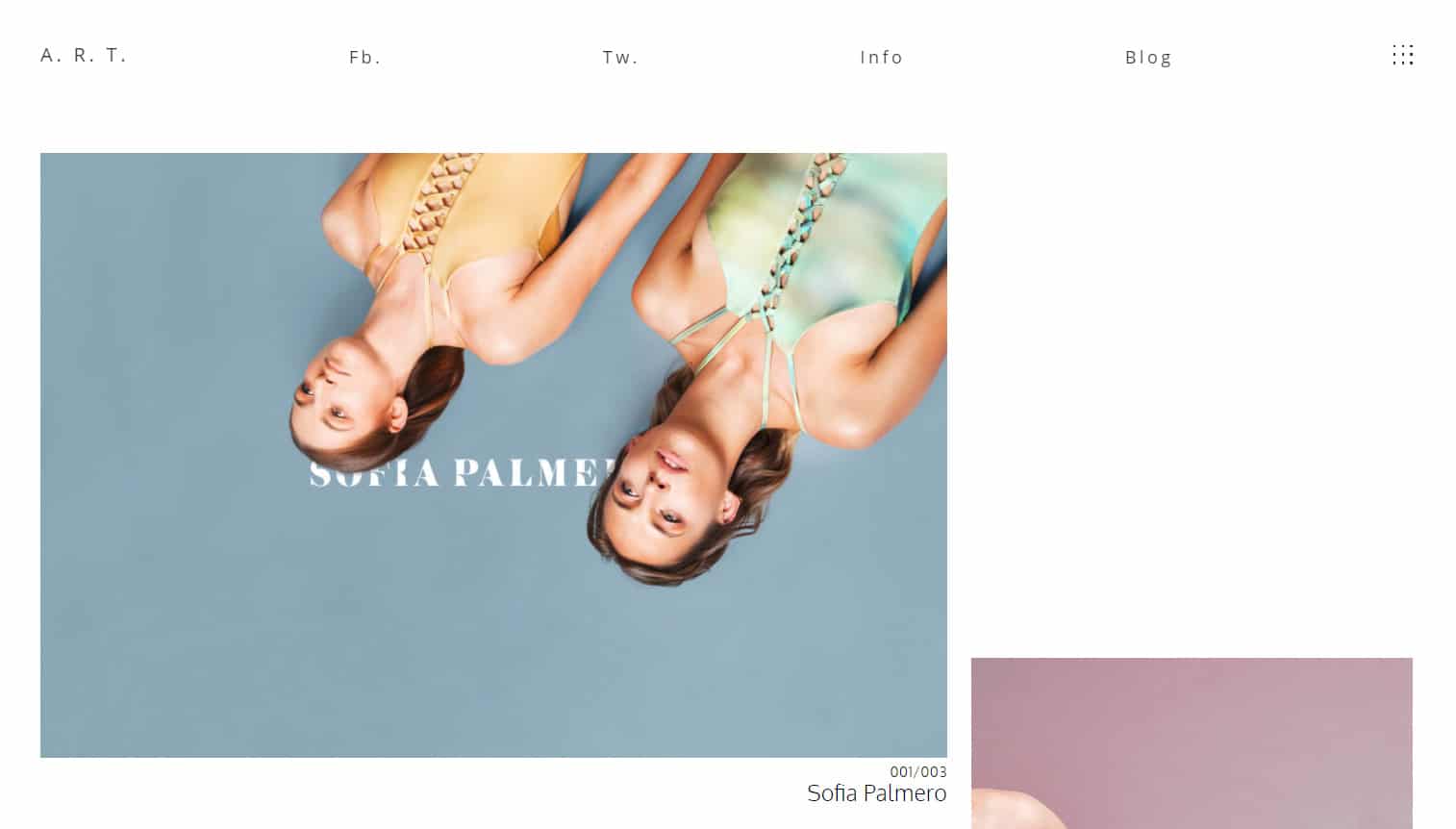What’s Cooking in HTML5?
by NoD Staff | September 26, 2011


Web technology author and Sessions College department head Christopher Schmitt spent a good portion of 2011 writing his latest O’Reilly book, the HTML5 Cookbook, 1st edition. Now that the book is safely out its early ebook edition, we asked Christopher some quick questions about Web development and cooking.
Q: You’re excited about this book and about HTML5. People haven’t been excited about HTML in a long time. Briefly, why get excited now?
HTML5 is a miracle response to Web designers and developers. Usually Web standards are built in a slow, laborious process. And there was this move to continue on this path where they didn’t reflect the true nature of Web designers and developers that are in the trenches, making the Web. Then a schism happened where people who knew standards and helped make the Web decided to revolutionize HTML instead of going off in another tangent.
What we have in HTML5 is not only the introduction of new HTML elements, but also the opportunity to add many sensational new JavaScript capabilities through the browser—without a lot of workarounds or extra work. And when you do that, you make people’s jobs easier. The pathways to making better applications gets easier and it opens up the potential for the extraordinary.
Q: The HTML5 Cookbook is your second O’Reilly Cookbook, following your CSS Cookbook title first published in 2009. What’s interesting about writing for the Cookbook series?
In a typical food cookbook, the last thing you want is a lot of theories about making an apple pie. So, the Cookbook series is about getting to the point, straight to the point.
The template of a chapter in the HTML5 Cookbook is set of questions or challenges, then a solution, followed by further discussion. A problem statement is something like “You want to access custom data with JavaScript” or “You want to implement HTML5 features when they are supported by the browser.” Then I write a practical solution that addresses the problems.

After each solution, I write a “discussion” part that expands on the solution examining how it works, why it works, and sometimes, when it won’t work, and why. Essentially, I’m writing a mini-thesis for each problem, which I totally love. But what I love most is having readers kill their HTML5 pain fast!
Q: What are some fun HTML5 “recipes” you address in the book?
I love the ability to use the <audio> and <video> elements just to put in multimedia elements on a page without a plugin. How crazy is that? Just the notion that you can add sound and video to someone’s Web experience just like adding an IMG tag is amazing.
One of my favorite “recipes” is in the Geolocation chapter. Geolocation is the ability for the browser or mobile device to figure out where you are and release this information to scripts. So one of the scripts we have is “how do I find the nearest Starbucks?” And we walk through the steps to make that work—so you can have your own personal Starbucks finder!

Q: The Cookbook format is non-linear and user-directed, like the Web. Do you feel like this addresses how programmers learn these days?
It addresses my attention deficit disorder, that’s for sure! I firmly think that the best way to learn something is to do it, repeatedly. A lot of that time it’s going to be in fulfilling self-directed goals as a Web designer. You learn a lot more and better if you have some sort of personal stake in what’s going on.
That’s why in my Sessions College Web Design I course, I wanted students to create their own portfolio Web site at the end of the course. After learning a lot of material, it helps to have something you can publish and point to on the Web. It makes it more meaningful.
But, yes, every once in a while people get stuck or slip up in learning Web coding. That’s why having the Cookbook series is great. For those times you are traveling along a project and get stuck. You don’t need a hand out, but need a quick helping hand up to get moving again.
Q: Is the HTML5 Cookbook accessible to beginners and non-programmers? Could a rusty HTML4 coder use the title to get up to speed?
Most definitely. The book is shaped for the beginner. If you start in a linear manner, reading the first chapter and moving on, you will get the basics and move gradually through HTML5 and build off that material as you go deeper into the HTML5 Cookbook.
If you are a bit more advanced, the later chapters might not be too worthwhile—but it does expose you to the new HTML5 JavaScript APIs like WebSockets, Canvas, and so on.
Q: How does writing about technology affect your teaching and your role as a standards evangelist?
My role at the Web Standards Project has mostly been about educating people in Web standards, just the same as it is at Sessions College.
The Web Standards Project has been around a long time before I joined it. It has many roles and goals. One of which is to consult with browser vendors and tool makers like Adobe on what Web developers need. Another goal is to help educate others about Web standards.
So essentially, I’m doing the same thing, teaching. And I think a lot of that has to do with the Cookbook series, especially the first one, the CSS Cookbook. That really forced me to break apart what I knew and deliver it in very genuine manner. The Cookbook has been about trying to help people learn and that’s what I’ve found myself doing ever since.
Q: After you’ve caught your breath, what’s your next writing or publishing project?
In addition to teaching, I have a few books in the works, some on HTML5. I don’t think HTML5 is going to go anywhere anytime soon; just think it’s going to keep on providing near-miraculous things we can do.

This post was authored by NoD staff. Notes on Design is a design industry blog sponsored by Sessions College for Professional Design.








 Design Interview: Resistenza
Design Interview: Resistenza Minimalist Portfolio Themes for 2018
Minimalist Portfolio Themes for 2018 Free Font Friday: Objective
Free Font Friday: Objective